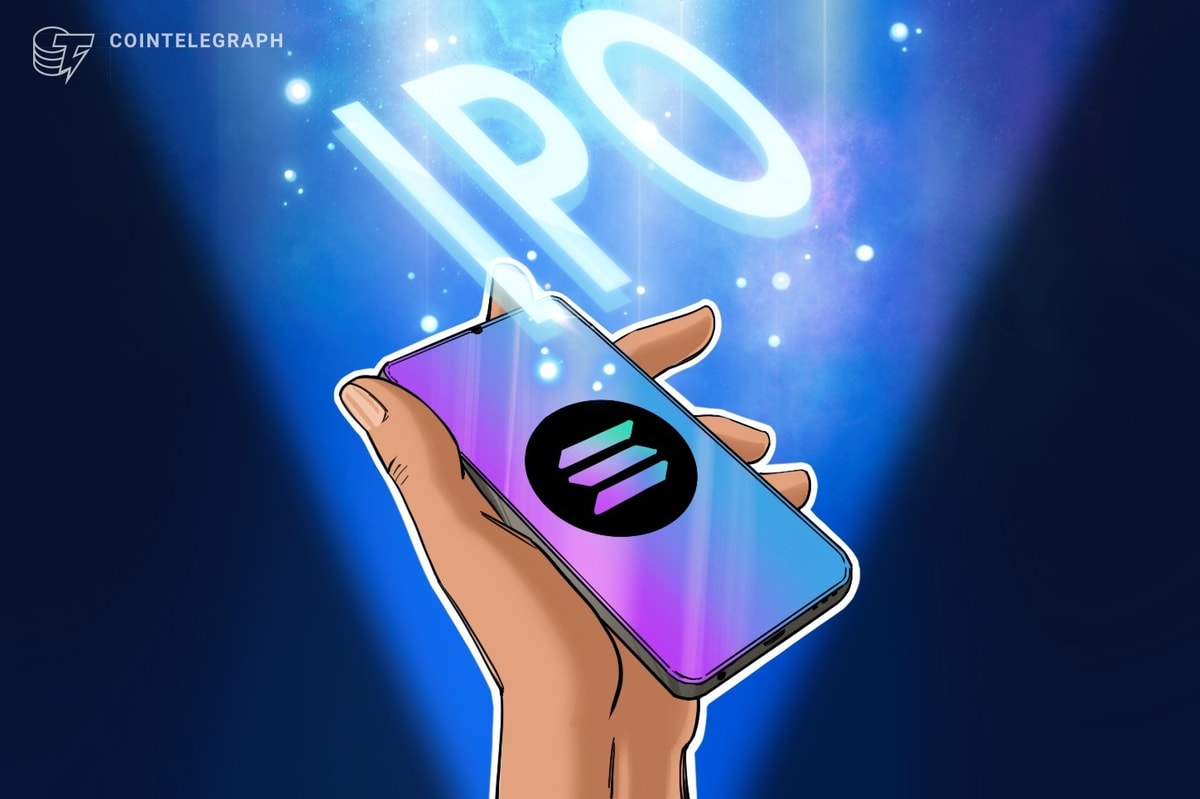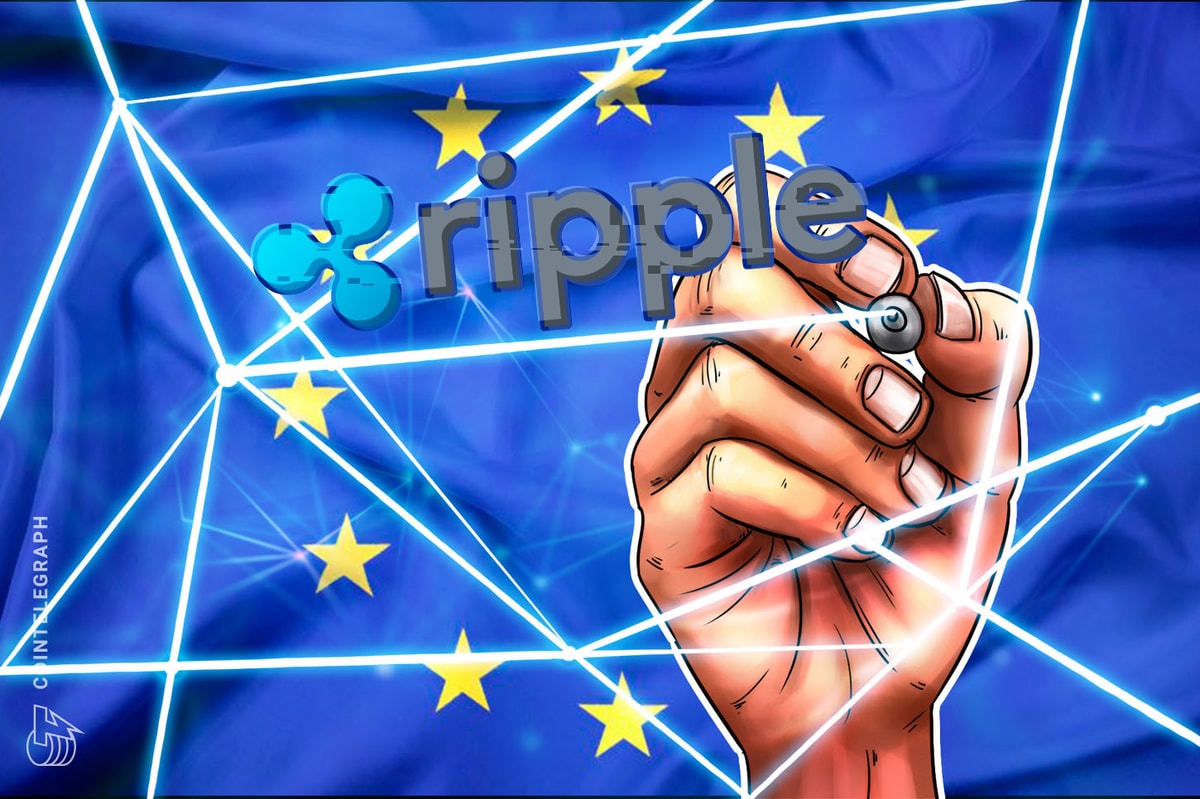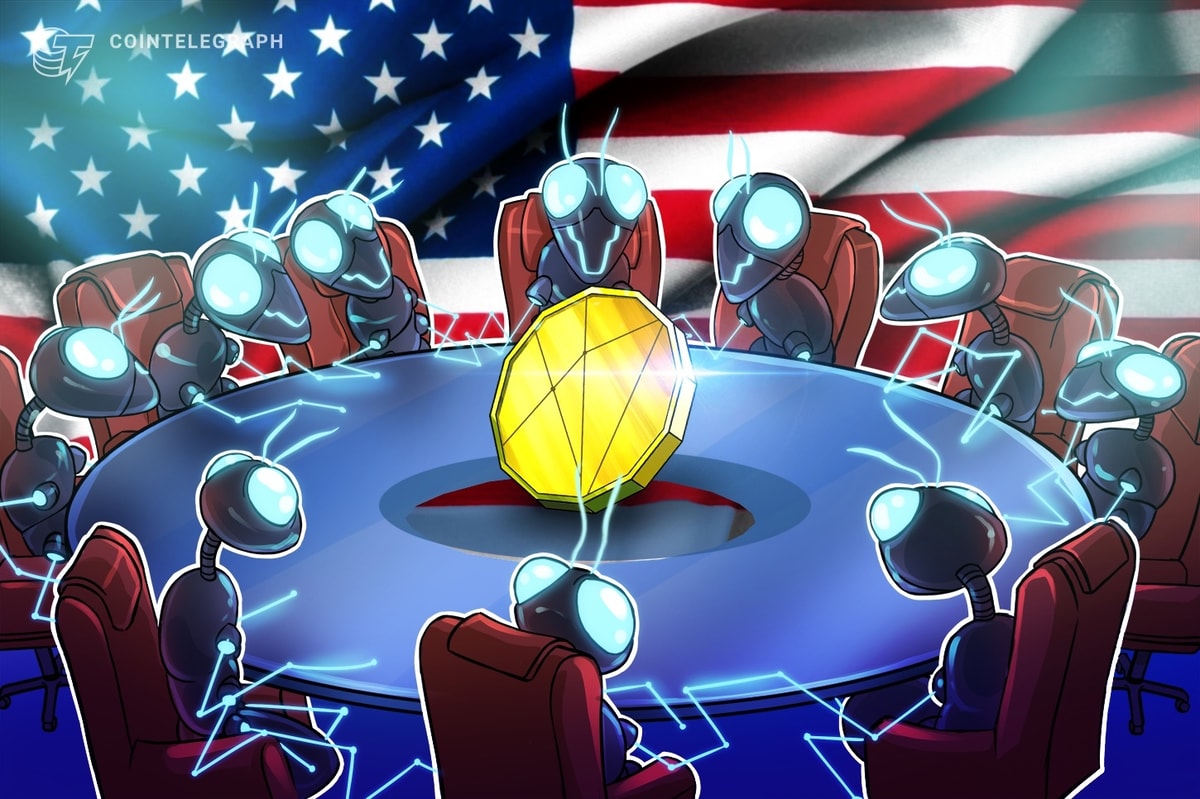NFT Steez chats with StoryCo co-founders J.P. and Justin Alanis about how NFTs can expand co-creation and evolve storytelling in Web3.
Podcast
What captivates many creators in the realm of blockchain and Web3 is the possibility to create, own and earn without intermediaries, and nonfungible tokens (NFTs) have emerged as a catalyst in how it could be possible.
On this week’s episode of NFT Steez, co-hosts Alyssa Expósito and Ray Salmond chat with Justin and J.P. Alanis, the co-founders of StoryCo — an open media platform — on the prospect of creators co-creating and franchising intellectual property through their storytelling and the integration of soulbound tokens — but how?
Create-to-own and fandom trends emerging in Web3
As creators themselves, the Alanis brothers have a grasp on the challenges that impede many creators and organizations when it comes to talent, knowledge and resource sharing, compensation and collaboration.
When asked how create-to-own models are feasible and accessible, the brothers attributed much of StoryCo’s feasibility to blockchain technology because of its verifiability, accessibility and transparency, yet it has “abstracted a lot of the technology,“ said Justin.
In this way, it lessens the “weariness” that creators feel when first navigating Web3 and instead is seamless and “welcoming,” said J.P.
J.P. reiterated that more often than not, creators are challenged, having gone from a more siloed centralized work structure to one that is open and decentralized.
Related: Comic-Con guru says storytelling is the key component for successful NFT projects
“I think stories are their best when they start centralized,” commented J.P. when explaining how it’s easiest to build off of something and “have some momentum behind an idea” for it to carry any “traction.”
Storytelling platform as a public good
The struggle between needing major industry players within the Web3 ecosystem and having them be authentic is prevalent. Regarding the standards and processes StoryCo has implemented to “do it right,” as Salmond said, Justin commented on the evolving conversations and dialogue within the community and the business.
However, Justin emphasized that StoryCo’s mission to “legitimize what they are doing with storytelling” is ultimately centered on the belief that the platform can be viewed as a “public good.”
Recognizing that there is a “tightrope walk” balance between the project and the platform, J.P. explained that the projects are a basis to facilitate attention and structure within an audience or community.
The Disco Ball, StoryCo’s profile-picture project, is intended to show a wider audience the open media platforms’ capabilities in co-creating, franchising and distributing intellectual property.
J.P. described StoryCo’s projects, like The Disco Ball, as akin to Nintendo, whereby a “new Mario game followed every console release.” The new games were created to “engage an audience” and show what the console — or, in this case, the platform — was capable of given emerging technologies.
Listen to Part 1 of NFT Steez’s conversation with StoryCo on the new Cointelegraph Podcasts page or Spotify, Apple Podcasts, Google Podcasts or TuneIn. Make sure to tune into next week’s episode to hear Part 2, where the StoryCo founders discuss the integration with music NFTs and soulbound tokens.







